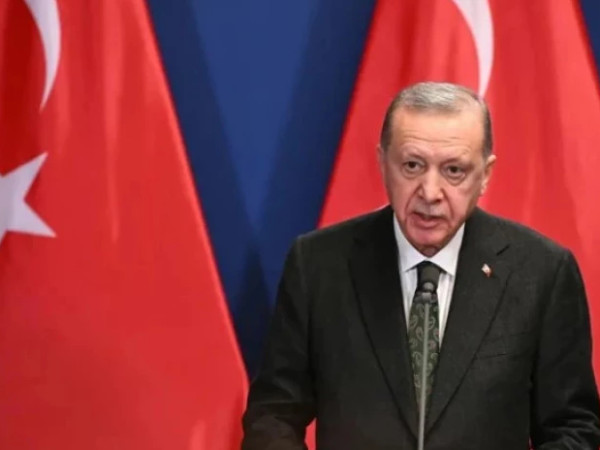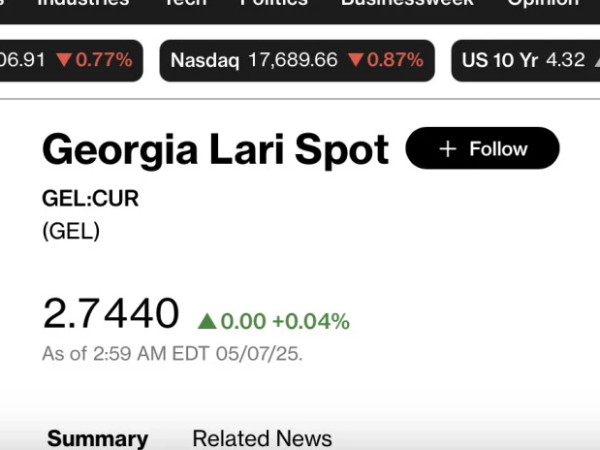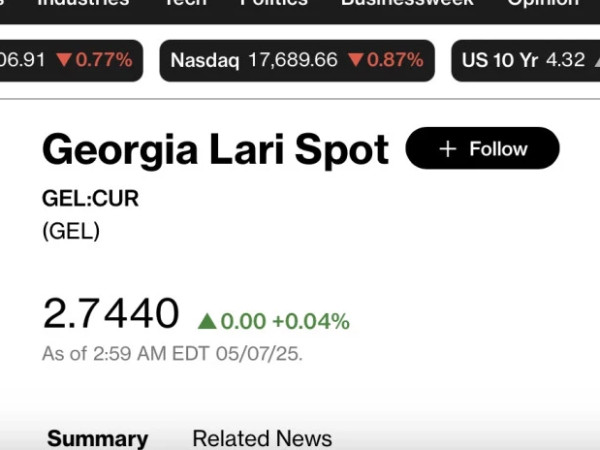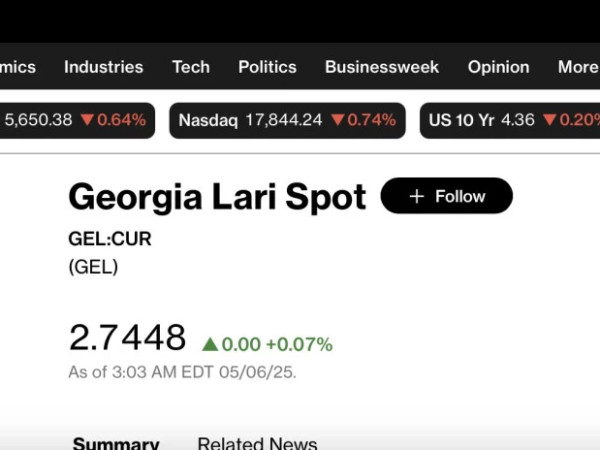In 2024, the total traded electricity volume on the exchange amounted to 17,490 MWh, with an average weighted price of 134.55 GEL/MWh (13.455 Tetri/kWh). The highest trading volume was recorded in July, reaching 11,624.6 MWh.
The monthly price of balancing electricity was always higher than the highest price recorded on the exchange during the respective month. As a result, electricity buyers collectively saved approximately 440,000 GEL by purchasing 17,490 MWh of electricity on the exchange.
The current electricity market model provides that electricity imported by JSC "Electricity System Commercial Operator" (ESCO) and electricity produced under Guaranteed Power Purchase Agreements (PPA) is sold exclusively as balancing electricity. As a result, this electricity, which accounted for approximately 16% of total demand in 2024, is not available for sale in other market segments, such as bilateral contracts or the exchange. Given this restriction, the market remains structurally deficit-driven on a monthly and yearly basis, meaning demand consistently exceeds supply. Consequently, Electricity sellers can easily find buyers and Electricity buyers face challenges in securing the required amount of electricity. This situation, along with other factors, is reflected in the supply and demand dynamics on the exchange.
Between July and December 2024, demand on the exchange significantly exceeded supply. During this period the total demand registered on the exchange amounted to 1,545,806.24 MWh and the total supply offered by sellers was only 67,723.2 Mwh.
The minimum selling bid price recorded on the exchange was 126 GEL/MWh, while the maximum buying bid price reached 150 GEL/MWh. Detailed information is provided in Table №1. As seen in the figure, the willingness of participants to pay for electricity was 1-19% lower than the price of balancing electricity. This allowed buyers to purchase electricity at a lower cost compared to the alternative. Although the balancing electricity price is not known at the time of exchange trading, participants can make informed predictions, enabling them to take advantage of market opportunities. From Figure 3, it is evident that at least some of the offered but unsold electricity could have been traded if buyers had placed higher bid prices. Even in this case, purchases would still have been cheaper than the alternative. A higher risk tolerance among electricity buyers, driven by expectations of benefits, could create incentives for sellers to offer more electricity on the exchange. However, this alone cannot be considered the sole reason for low liquidity on Energy Exchange Market.
The highest aggregated demand was recorded on August 15, reaching 3,041.1 MWh, which accounted for 7.17% of the total demand for that delivery day. Between July and December 2024, buyers' price acceptance behavior remained unchanged. A match between buyers' and sellers' prices occurred on only 20 delivery days. The electricity market remains deficit-driven. Electricity generated by PPA power plants and imported electricity are sold through bilateral contracts, meaning that sufficient electricity is not available on the exchange for buyers, as it is already sold outside the exchange. One possible reason for the static nature of bid prices could be the unchanged expectations regarding balancing electricity prices.


















